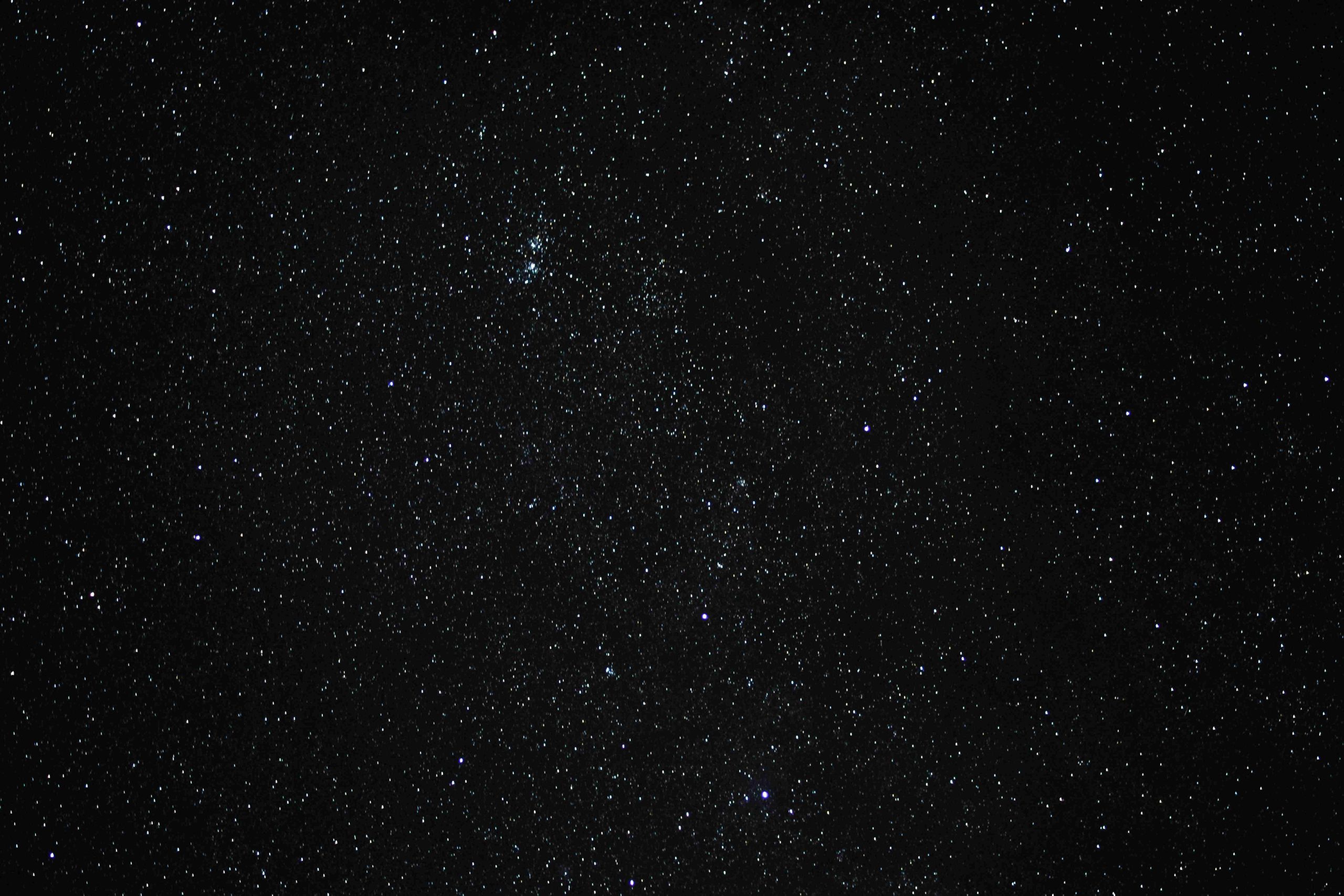
Is Twinkle Twinkle Little Star a Poem?
Deconstructing Twinkle Twinkle Little Star: Is it a Song, a Poem, or Both?
One of the most cherished and timeless melodies passed down through generations is “Twinkle Twinkle Little Star,” beloved by preschoolers and adults alike.
But is it simply a song, or does it qualify as a poem? This question delves into the nuances of defining poetry.
A poem is a literary creation that uses language to convey emotions, ideas, or experiences. It often employs techniques like rhyme, meter, and metaphor to craft a distinctive form of expression.
“Twinkle Twinkle Little Star” unquestionably fits the criteria of a poem. It follows a clear rhyme scheme (ABAB), maintains a steady meter, and features eight syllables per line.
Its origins trace back to a poem titled “The Star,” penned by English poet Jane Taylor in 1806. While Taylor’s original composition consisted of five stanzas and greater complexity, the song adaptation streamlined it to the familiar first stanza we know today.
Despite its simplicity tailored for preschoolers, “Twinkle Twinkle Little Star” employs poetic devices to shape its structure and convey meaning effectively.
While some may argue that its accessibility and lack of intricate themes disqualify it as “serious” poetry, it’s essential to recognize that poetry can manifest in diverse forms, each with its own significance.
The History of Twinkle Twinkle Little Star
“Twinkle Twinkle Little Star” stands as one of the most renowned nursery rhymes globally, captivating both young children and adults for centuries.
The melody that inspired this iconic tune likely originated from the French song “Ah! vous dirai-je, Maman” (Ah! Shall I tell you, Mother) composed in the late 18th century. This melody gained popularity across Europe, serving as the foundation for various nursery rhymes including “Twinkle Twinkle Little Star.”
The song’s association with Jane Taylor, an English poet born in 1783, led to its inclusion in her collection “Rhymes for the Nursery” published in 1806.
Alongside her sister Ann, Jane Taylor crafted numerous nursery rhymes and stories, captivating young audiences with their accessible yet engaging literary works.
The Significance of Twinkle Twinkle Little Star
Beyond its role as a preschoolers’ song, “Twinkle Twinkle Little Star” holds literary merit through its adept use of poetic elements such as rhyme and meter.
Its themes of wonder and beauty in the night sky resonate universally, touching upon shared human experiences and emotions.
The adaptability of “The Star” from a poem to a song underscores the versatility of poetry as an art form. Despite simplification, the song retains its ability to evoke awe and curiosity about the cosmos.
Its enduring popularity among diverse cultures stems from its relatable themes that transcend language barriers.
The Value of “Twinkle Twinkle Little Star” in Preschool Education
“Twinkle Twinkle Little Star” serves as an invaluable educational tool for preschoolers, offering a blend of simplicity and richness in its melody and lyrics.
- Early Language Development: Introducing new concepts and vocabulary in a fun and engaging manner.
- Memorization Skills: Enhancing memory retention through repetitive lyrics and melody.
- Musical Learning: Introducing basic musical concepts like rhythm and melody.
- Socialization: Fostering a sense of community and cooperation through shared singing.
- Imagination and Creativity: Encouraging imaginative thinking and creative expression.
In conclusion, “Twinkle Twinkle Little Star” embodies the enduring appeal and educational value of nursery rhymes. Its ability to captivate young minds while imparting essential skills underscores its timeless significance in early childhood education.


